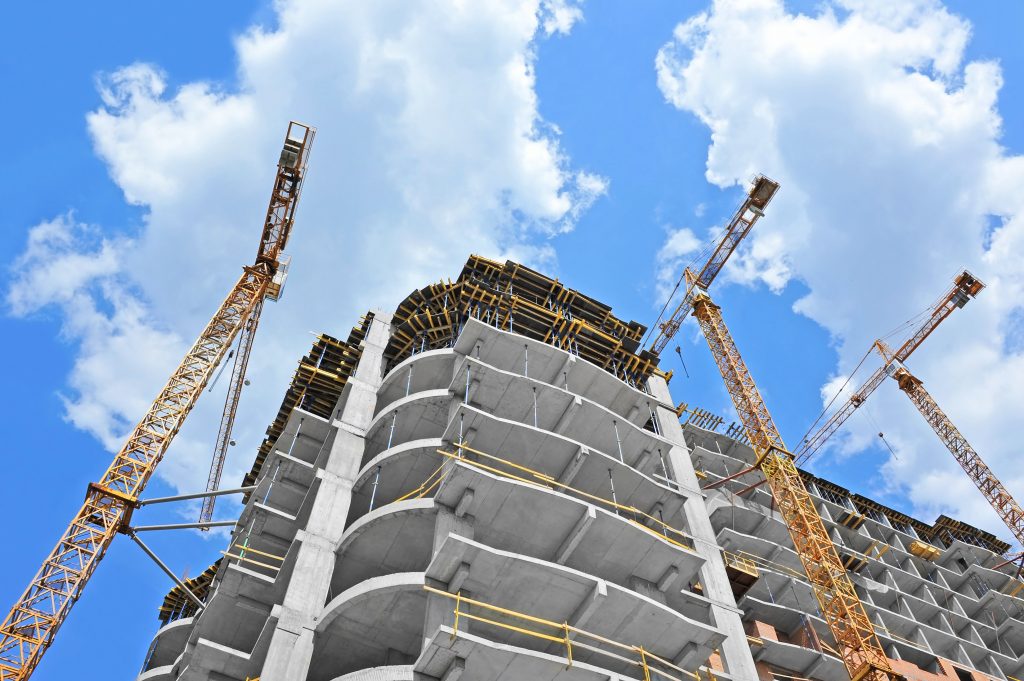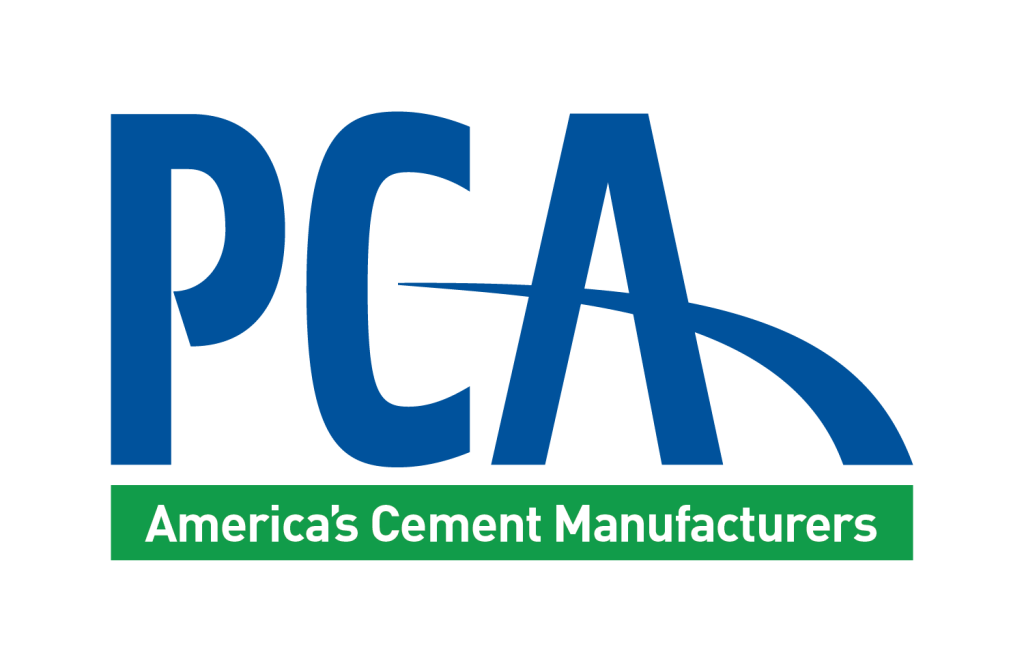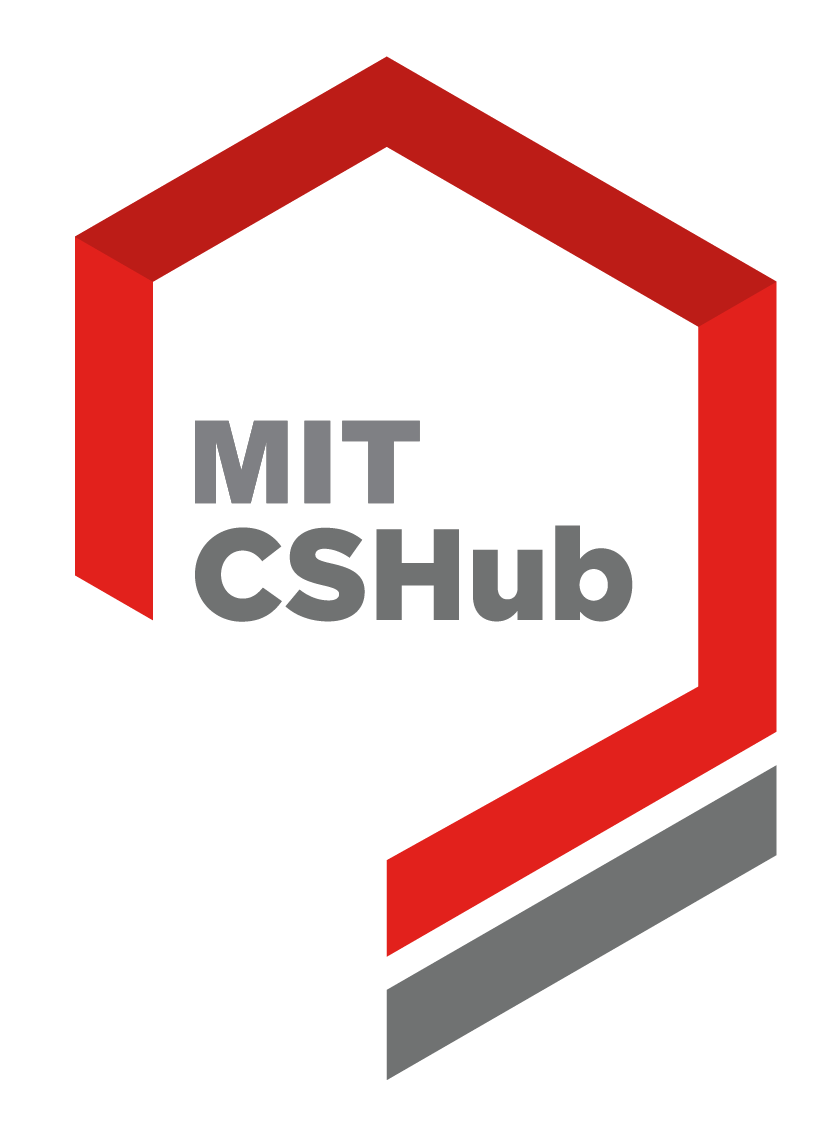About the Concrete Sustainability Hub

Our Mission
The MIT Concrete Sustainability Hub (CSHub) is a dedicated interdisciplinary team of researchers from several departments across MIT working on concrete and infrastructure science, engineering, and economics since 2009. The MIT CSHub brings together leaders from academia, industry, and government to develop breakthroughs using a holistic approach that works to achieve durable and sustainable homes, buildings, and infrastructure in ever more demanding environments.
Research Team
Leadership Team
Principal Investigators
Research Scientists
Postdoctoral Associates
Research Assistants
UROPs
Affiliates
Concrete Advancement Foundation

The vision of the Concrete Advancement Foundation is to advance the concrete industry and society toward decarbonization, resilient communities and world-class sustainable infrastructure For additional information, visit http://concreteadvancement.org/.
Portland Cement Association (PCA)

The Portland Cement Association, based in Skokie, Ill., represents cement companies in the United States and Canada. It conducts market development, engineering, research, education, and public affairs programs. For additional information, visit www.cement.org.
UMI

“MultiScale Material Science for Energy and Environment (MSE2)” is an international joint unit (UMI) between CNRS and MIT at the center of a strategic association covering research, training and education in partnership with industry. The UMI aims at “bottom up” simulation and experimental verification of properties of complex multiscale materials — from atomic-scale to microns, and from nanoseconds to years. Materials with important technological, economic, energy and environmental applications will be addressed, including cement, ceramics, nuclear fuels, steels and geo-materials.
The UMI hosts French researchers at MIT, each for a number of years, and is seen as a gateway to further collaboration between CNRS and MIT. The UMI, which is housed at MIT under the auspices of the MIT Energy Initiative (MITEI), has been designated by the CNRS as the lead unit of a “Laboratoire d’Excellence” consisting of multiple institutions engaged in materials science.
GDR International
The idea of setting-up the Groupement de Recherche International Multi-scale Materials Under the Nanoscope (GDRI, M2UN), is structuring the Physics, Chemistry, Mechanics and Materials Science communities on a common ground for developing an integrated approach (combining both simulation and experiments) for the prediction of texture properties from angstroms to micron and their evolution in time from nanoseconds to years of complex multi-scale materials such as clays (soil), cement, nuclear solid fuels, steels and ceramics.
The M2UN GDRI is an initiative organized under the auspices of CNRS (www.cnrs.fr). This international research organization aims at promoting:
- Scientific exchanges through recurrent meetings (twice a year: one at MIT, Cambridge, US, one at CINaM-CNRS Marseille).
- Collaborations between the different teams involved including visits of PhD students, post-doctoral associates and faculty.
- Educational activities and the spread of knowledge through the organizations of thematic schools.
- A platform from which participants can design grant proposals toward the US-NSF, the ESF and others funding agencies
- The emergence of a new field of research at the frontier between Science and Engineering.
The ambition of such a GDRI is formulating a conceptual tool named as the “nanoscope” that combines most advanced statistical Physics numerical simulations (such as accelerated Molecular Dynamics) and experiments (such as X-Ray tomography and microscopy…). This “nanoscope” tools aims at elucidating the 3D texture of those multi-scale (and most of the time porous) materials from the scale of atoms to microns focusing in particular of mechanical and transport properties.
The coupling between numerical simulation and experiments is a major theme of the GDRI and is one of the most challenging issues in Material Science, Mechanics and condensed matter Physics.
From a computational point of view, two ways are usually put forward: a utopian one that aims at developing “the ultimate simulation code” and a more pragmatic one that considers associating different scales by passing the “right” piece of information to the scale above and create an interface, for instance between atomistic description and finite element methods that are operational at the scale of microns and above. We have obviously chosen this second approach. We aim at spanning not only length by also time scales and address phenomena such visco-elastic deformations and creep that cover many length and time scale. To achieve this, important experimental developments are needed to observe and understand materials texture and transport properties at different scales; these range from X-ray microcopy and tomography, electron microscopy, nano-indentation, dispersive wave spectroscopy, NMR-relaxometry.
The scientific project of the GDRI M2UN is both fundamental and applied as it merges Science and Engineering in a single research field: as physicists or Material scientists are driven by engineering challenges and engineers move into the fundamentals of physics, a shift of paradigm is taking place that enables progress at the interface of physics and engineering for a large variety of critical problems that are at the core of many society, environmental and economy concerns in connection with durability and sustainability issues in construction, transportation, energy and waste management.



